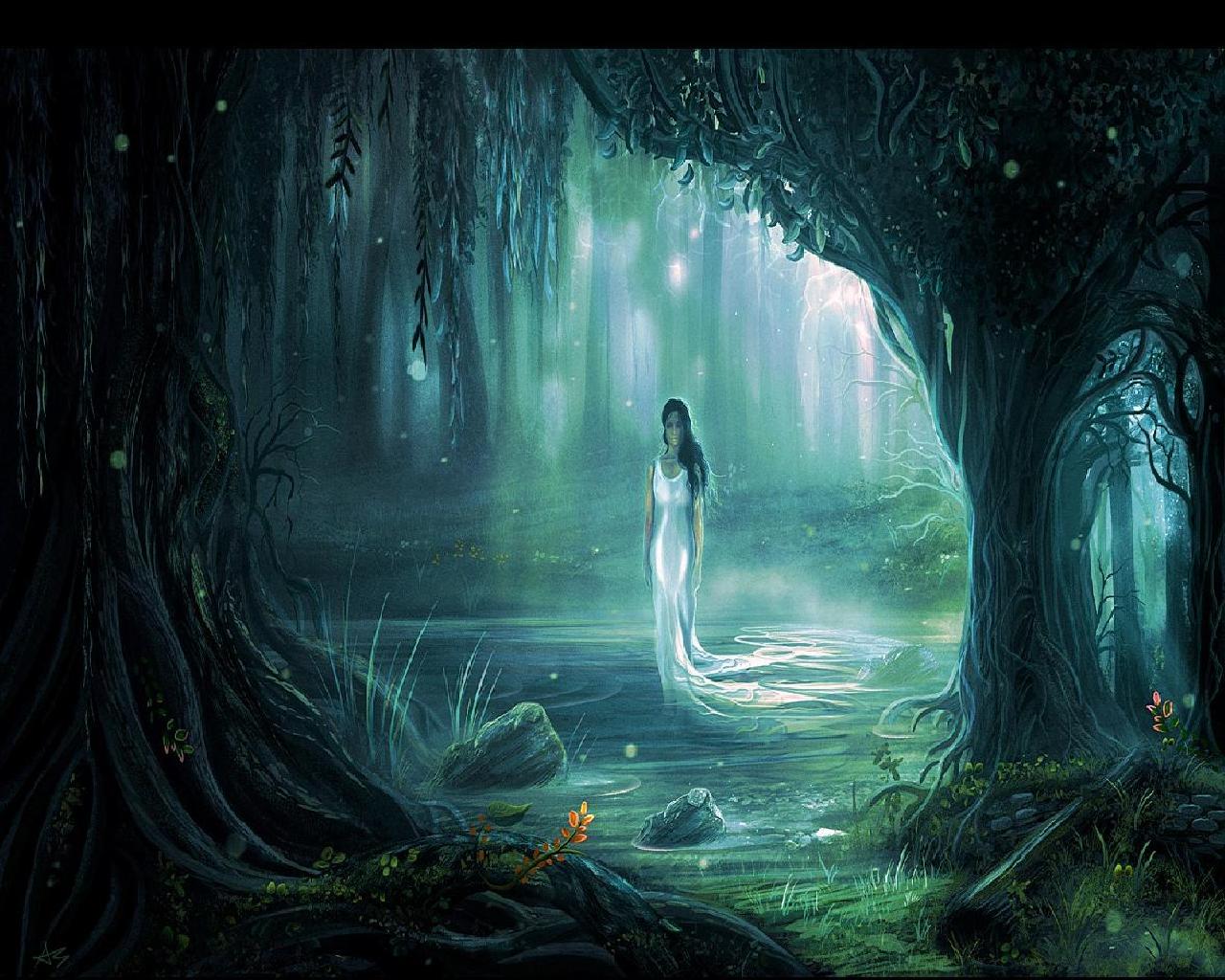Al Naddaha (the Siren), Abu Regl Masloukha (the Man with the Flayed Leg), and Ummena Al Ghula (Mother Ghoul) are three folktales that have for years captured the imagination of Egyptians young and old. Often, though less now in the most recent generations, parents use these tales to instill discipline by scaring children – but the vivid and gruesome imagery often leaves a lasting mark. These legends are a fascinating aspect of Egyptian culture, passed down through the generations, yet their origins have always remained shrouded in mystery. How these tales became woven into the Egyptian cultural fabric remains a question for anthropologists to answer. However, there are several compelling theories. Here are the tales and some of the theories that attempt to explain their origin. Al Neddaha (The Siren) The legend of Al Naddaha, literally translating to, “the woman who calls,” which emerged in rural Egypt, is not limited to one specific region. Just as its origins in Egypt remain unknown, the reasons for its widespread presence across the world with varying names and narratives are also a mystery. However, all versions of the legend concur that its appeal…
The Stuff of Nightmares: the Roots of Egypt’s Most Infamous Folk Tales
September 28, 2023



